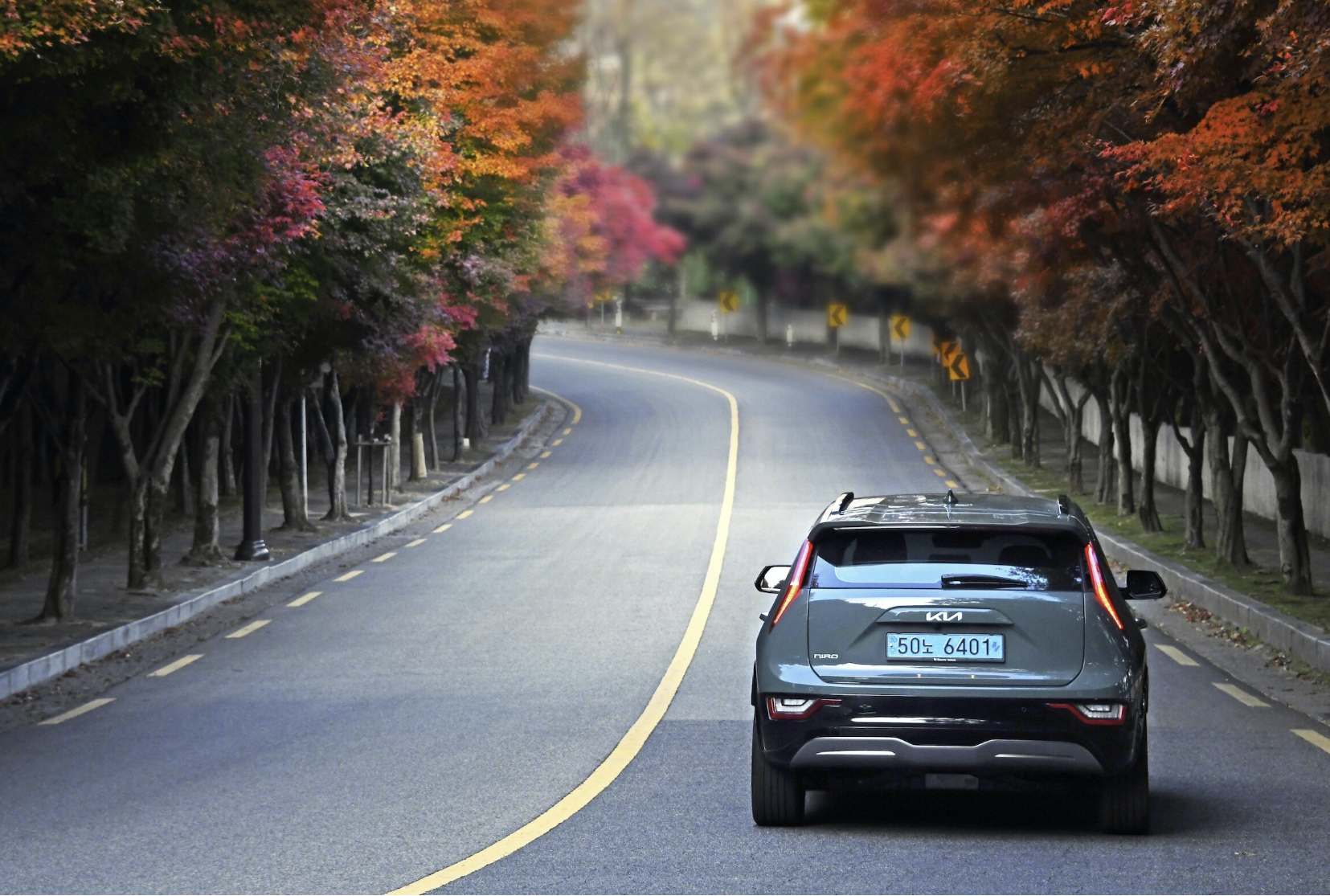How Michelin Tires Created the Michelin Star
This is perhaps one of my favorite fun facts…did you know that the Michelin Star system for restaurants was indeed started by THE Michelin Tire Company? Yup. Let’s chat about that today and how lobbying and another meddling of this nature have ruined our chances for public transportation in the US.
How did the Michelin Star start?
According to the Auguste Escoffier School of Culinary Arts, “The first Michelin Guide was compiled in 1900 by Michelin Tire founders and French industrialist brothers Andre and Edouard Michelin. The aim of the guide was to create a demand for automobiles, and therefore, Michelin tires.”
I guess I could’ve guessed this by their names, but the guide started in France and soon expanded to the US. I surely thought that this was a US thing since we are so car-centric. But, this trendy guide began at the birth of the automobile. In fact, there were so few cars in France at the time it was first published that guides were given away to automobile owners for free in the hopes that they would check out the restaurants and buy new tires. The guide even included tips for how to change tires. I find that hilarious.
The guide was more than just food, too, it also included hotels, things to do, and even auto mechanics complete with maps. Of course, the guide was focused on food and fine dining, but the brothers did have ulterior motives: selling more tires.
I don’t think they really had that much to worry about with how big the car boom was, but anyway.
The guide took a step back from production during WWI from 1914 to 1920. After the war, the brothers started to ramp up production and finally started selling the guides as well as hiring secret restaurant critics to away the stars that were just around the corner. While it started as a simple guide, the first Star Ratings were introduced in 1926 which started at just 1-star ratings to the best of the best and within France only. In 1931, it expanded to the 3-star rating we know today.
Once again, during another WW, the guide took a break until 1939. Even in the midst of war from 1939 to 1945, they kept at it! But, they did have to go back to a 2-star rating during this time period during food shortages. Why did they resume during the war, you may ask? Their maps were so valuable to Allied forces that they had to start producing maps again! Another fun fact.
Since this was geared toward expensive fine dining and they didn’t want to lose any tire customers - uh - they didn’t want to exclude anyone, in 1955 they created a guide for more affordable eateries that offered high-quality food. This is the Bib Gourmand rating scale.
Today, the guide now covers 37 countries across Europe, Asia, North America, and South America.
Did it really increase tire sales?
It’s hard to say for sure, I couldn’t find any hard data that correlated guides sold to tires sold or anything of that caliber.
Whether accidental or not, travel for leisure sure did increase after the Great Depression and World War Two. It became common for every family to own at least one vehicle if not more. It became common to take vacations and road trips whether to see Michelin-rated restaurants or not.
An average person may not go out of their way to go to an ultra-fancy restaurant. But, since the guide is sometimes deemed “the bible of the culinary world”, self-proclaimed food critics and connoisseurs of high-end food would likely go. Is that enough to make more sales?
Something must’ve worked, though, cause they’re still the biggest name in the game. I’m sure you have heard of them before this video no matter where you are in the world. They make tires for us regular folk as well as the biggest tires for the biggest construction equipment, the tires for the fastest car, and even tires for space shuttles. It has also led to the fame of many famous chefs. I’m sure you’ve heard of Gordon Ramsay, that’s how he got his popularity.
Photo from Squarespace
Did Michelin ruin our chances for good public transportation?
I doubt it, at least, they didn’t do it single-handedly. I personally think a lot of this worked out by chance. Michelin went into the business at the right time and they created their guide at the right time when travel became a normal luxury among all social classes and owning one or more cars per household also became the norm.
Now, you know who DID ruin public transportation? Big oil. You can learn more in full in this video, but here is the short version.
After decades of reliable public transportation in the US, we had the “Great American Streetcar Scandal.” Corporations such as General Motors, Firestone Tires, Standard Oil of California, Phillips Petroleum, and others began to operate secretly through other organizations to purchase streetcar systems in 45 (FORTY-FIVE) major US cities. Once purchased, they had full control of the systems and began to dismantle them completely. So, Big Tire was behind it, it was just a competitor of Michelin. Perhaps this was because Firestone is an American company and Michelin is French?
Image from Squarespace
They were indicted for this and exposed in federal court. But they were only fined a total of $1 for each of the executives in charge of this ruse. They destroyed nearly all public transportation that would have been their competition. So, they swooped in and even acquired dominance over transportation policies in the US. This paired with the boom of car culture snowballed and is partly responsible for why we are where we are.
To this day, oil and auto lobbyists persuade states and federal agencies for the expensive upkeep of highways, roads, and parking lots. This leads me to think of another topic that needs to be discussed at another time: the environmental impact of cement and asphalt and other infrastructure it takes to build and maintain roads. It creates immense amounts of waste that is hard to dispose of and destroys environments and biodiversity.
There you have it folks, Big Tire and Big Oil ruined our chances of public transportation. At least, for now. Yes, we could have public transportation again, but thanks to them, we have to now start from scratch instead of using existing infrastructure. It’s a shame. I wish we at least had better intercity public transportation. I know high-speed rail is a big ask, but hey, it’s cheaper than self-charging roads and flight rideshares.
Does the Michelin Guide encourage you to drive more? I can’t say I’ve ever been enticed by one of their restaurants, I didn’t even go to one when I lived in Vegas!
I hope you enjoyed this post, something a little different from what I normally do but wow I sure learned a lot, specifically a lot of fun facts that will probably never be useful.
Thanks for reading, I’ll catch ya in the next one, until then, remember that your small actions make a big difference in the long run :)
Emma






